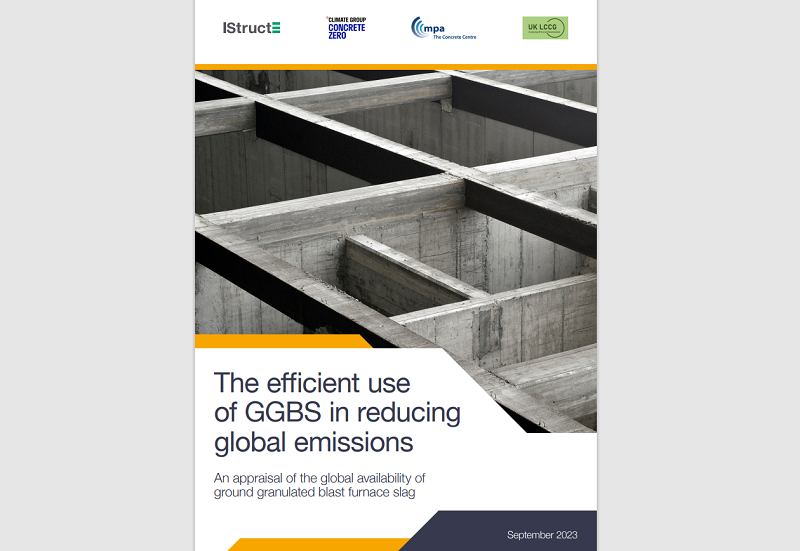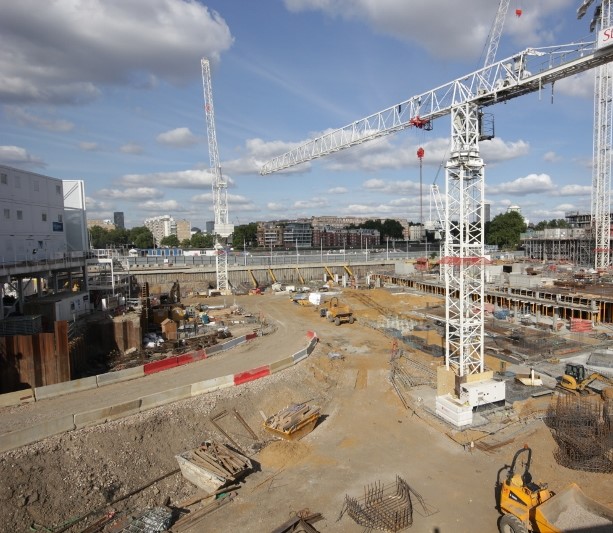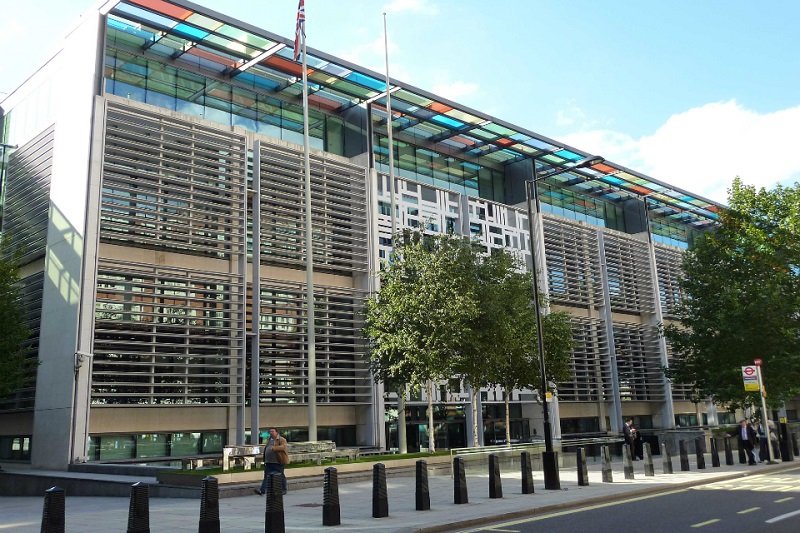A group of 13 experts from across structural engineering, concrete and cement industries, construction, academia, and civil society have collaborated on a paper that reviews the use of ground granulated blast furnace slag (GGBS) in concrete, and examining ways that this may change in the future.
The efficient use of GGBS in reducing global emissions aims to better understand this co-product of iron and steel manufacturing, especially at a time when the concrete industry is considering its role in the climate crisis, looking for ways to decarbonise its operations and products.
For many years GGBS has been specified as a partial replacement for Portland cement clinker (‘clinker’) in concrete due to its technical properties - such as improving concrete's durability. More recently reducing clinker with GGBS has become the ‘go-to’ method for decreasing the carbon intensity of concrete in the UK, as the production of GGBS results in far fewer greenhouse gas (GHG) emissions than the production of the clinker that it replaces.

The paper demonstrates that GGBS is a limited and constrained resource that is almost fully utilised globally. Any increase in its use in one geographic location is highly likely to result in a reduction elsewhere, balancing each other out overall.
The authors conclude that any local increase in the amount of clinker substituted with imported GGBS is unlikely to decrease global GHG emissions – which means that GGBS should not be used in high proportions just in the hope of reducing GHG emissions.
Will Arnold, head of climate action at The Institution of Structural Engineers (IStructE) led the project and co-authored the paper, and comments: “Our purpose is to explain that GGBS is not a silver bullet for GHG emissions in concrete production as our paper demonstrates global constraints in GGBS availability. As a material, GGBS needs to be carefully considered to ensure it’s being used efficiently, and in the most appropriate manner.”
The authors stress that this does not mean that GGBS’s use should cease altogether: such a move would increase global emissions as more clinker would need to be produced globally to compensate. A key recommendation is that global supplies of GGBS should continue to be fully utilised, and that GGBS should still be used, particularly where required technically, and should come from well-established supply chains.
Iva Munro, ConcreteZero Lead at Climate Group, explains: “Alternative options beyond GGBS exist for reducing clinker usage and global GHG emissions – and engineers and designers should work with the supply chain to identify the best way to do this on each individual project.”
Noushin Khosravi, Sustainable Construction Manager for the Mineral Products Association (MPA) adds: “Through collaboration with the value chain and a shared commitment to a sustainable future, the UK Concrete industry can create a blueprint for sector decarbonisation in a manner that is globally scalable. By encouraging efficient utilisation of SCMs (Supplementary Cementitious Materials) at a local level and accelerating adoption of new technologies, we can effectively reduce global GHG emissions.”
As a way forward, the paper recommends that designers, contractors and those along the supply chain ask three questions early in the design process to optimise GGBS use. These questions aim to secure a better understanding of the project opportunities regarding the need for, and availability of, GGBS:
- Do we need GGBS for technical reasons?
- Is there a well-established GGBS supply chain for our project?
- How else can we reduce concrete emissions?
The paper is endorsed by The Institution of Structural Engineers, Climate Group, MPA The Concrete Centre, and the UK Low Carbon Concrete Group.
A free launch event for this paper will take place on the 26 September online and at IStructE’s headquarters in London. Several of the expert authors will present the paper, outlining the global availability of GGBS, advising on how best to use the available supply, and commenting on what this means for concrete specifiers and suppliers. Book here: https://www.istructe.org/events/hq/2023/the-efficient-use-of-ggbs-a-cross-industry-study-%E2%80%93/
Concrete is responsible for about 8% of global GHG emissions. The majority of these emissions come from the production of the clinker used in the concrete. Creating clinker requires limestone to be fired at high temperatures through the burning of fossil fuels, typically coal. This process decarbonises the limestone, releasing carbon dioxide (CO2) as a byproduct. The burning of coal and the decarbonisation of the limestone each contribute to around half of clinker’s GHG emissions.




















